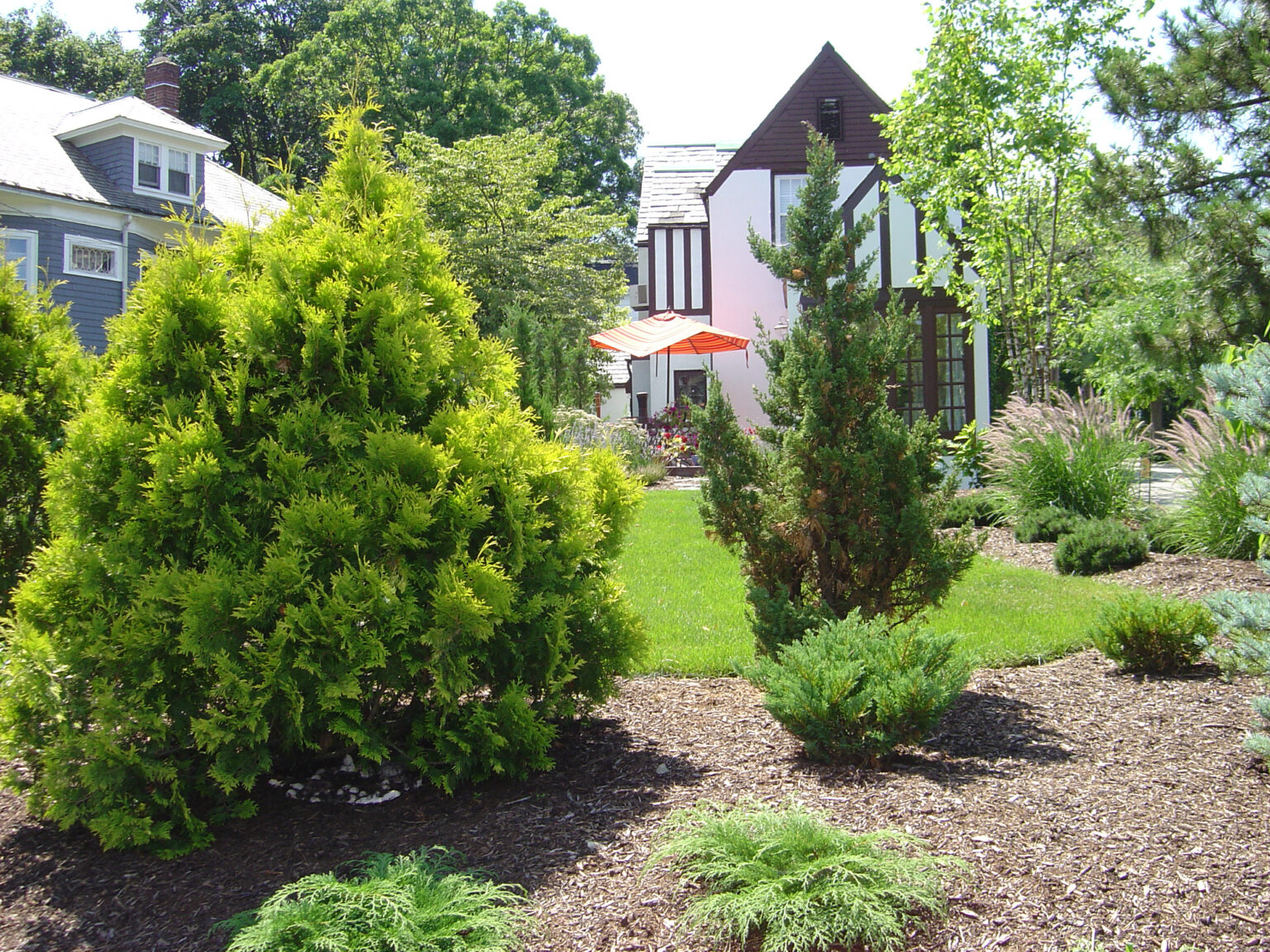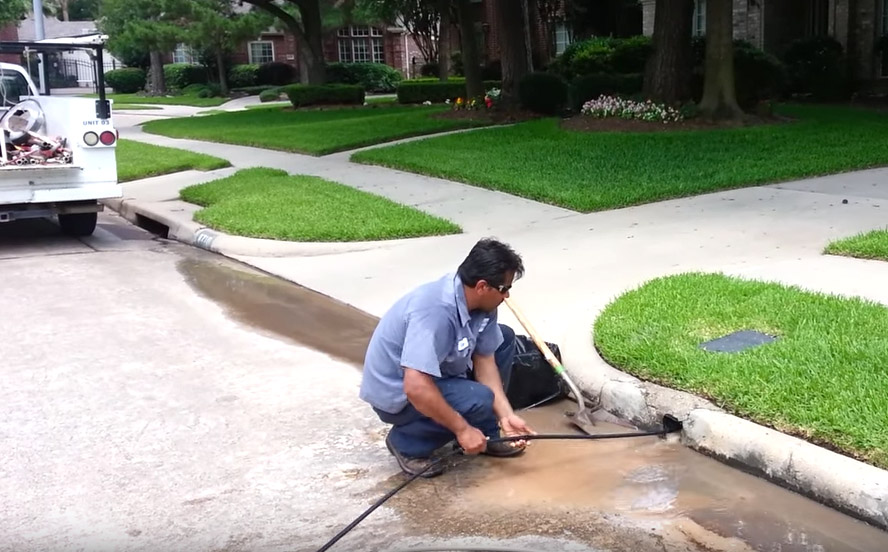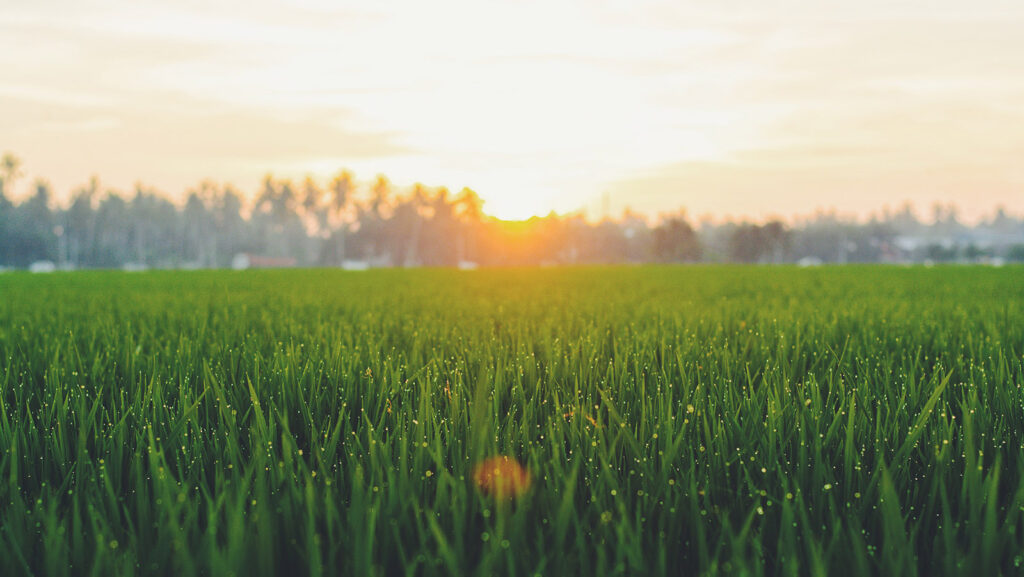How To Make Your Lawn, Trees And Shrubs More Drought Tolerant In Houston

Lawns
Most lawns receive twice as much water as they require for a healthy appearance. The key to watering lawns is to apply the water infrequently, yet thoroughly. This creates a deep, well-rooted lawn that efficiently uses water stored in the soil.
To know when to water the lawn, simply observe the grass. Wilting and discoloration are signs of water stress. At the first sign of wilting, you have 24 to 48 hours to water before serious injury occurs. Apply 1 inch of water to the lawn as rapidly as possible without runoff. Watering only when needed and watering thoroughly produces a deep-rooted lawn which is more water efficient and drought enduring.
Trees and Shrubs
All trees and shrubs need more frequent watering from planting time until becoming well rooted, which may take two growing seasons. Once established, plants can then be weaned to tolerate less frequent watering. Proper weaning develops deep roots and makes the plants more drought enduring.
As with lawns, water established trees, shrubs and groundcovers infrequently, yet thoroughly. In the absence of rain, most trees and shrubs benefit from a once-a-month thorough watering during the growing season. Remember, normal lawn watering is not a substitute for thorough tree and shrub watering.
The feeding root system of a tree or shrub is located within the top 12 inches of the soil and at the “dripline” of the plant. The dripline is the area directly below the outermost reaches of the branches. Apply water and fertilizer just inside and a little beyond the dripline, not at the trunk. Simply lay a slowly running hose on the ground and move it around the dripline as each area becomes saturated to a depth of 8 to 10 inches. For large trees, this watering technique may take several hours.
Related Articles
Do You Have Slow Or Clogged Yard Drains? Here’s How To Fix Them.
Yard drains and driveway drains help remove rainwater from your property into the storm sewer or other…
Sprinkler Freeze Alert For The Houston Area
The temperature is expected to plunge in the Houston area for most of this week. Starting on…
High Temperatures Expect Throughout The Week – It’s Time To Service Your Sprinkler System
The Houston area is expecting temperatures to rise to the mid-nineties throughout the week. Hight heat can…
How to Prevent Fertilizer Burn During the Summer
During the warm summer months, everyone wants to enjoy their lawns. Unfortunately, the summer heat can also…




